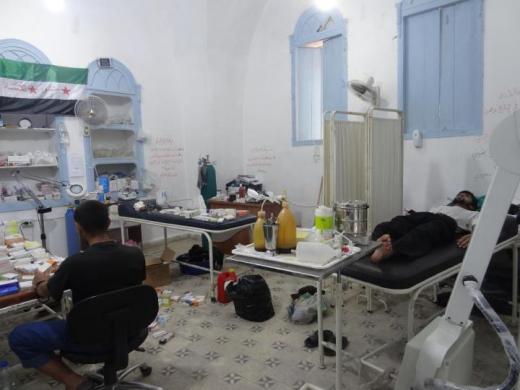Dr Shahrazad al-Jundi
3 December 2012
-1-
I met him, a young man in his twenties lying on bed or leaning over with his head on a pillow. His smile attracted me. I asked him how he got injured. “A gunshot in the neck” he replied before adding in a low voice with a smile shining on his face: “I’m from the Free Syrian Army and I was wounded during the battle in Homs. I was shot in the neck and I’m totally paralyzed now. I can’t sit up or move or even raise my head. He was still smiling as he thanked God. I asked him how he managed to reach Amman, he answered: “After we arrived in Daraa, four people carried me for eight hours until we got here”. I asked him if he needs anything or if I can do anything to help him; he replied “I just want freedom. Although I will be a prisoner of my own body forever, but I want freedom for Syria”. استمر في القراءة

